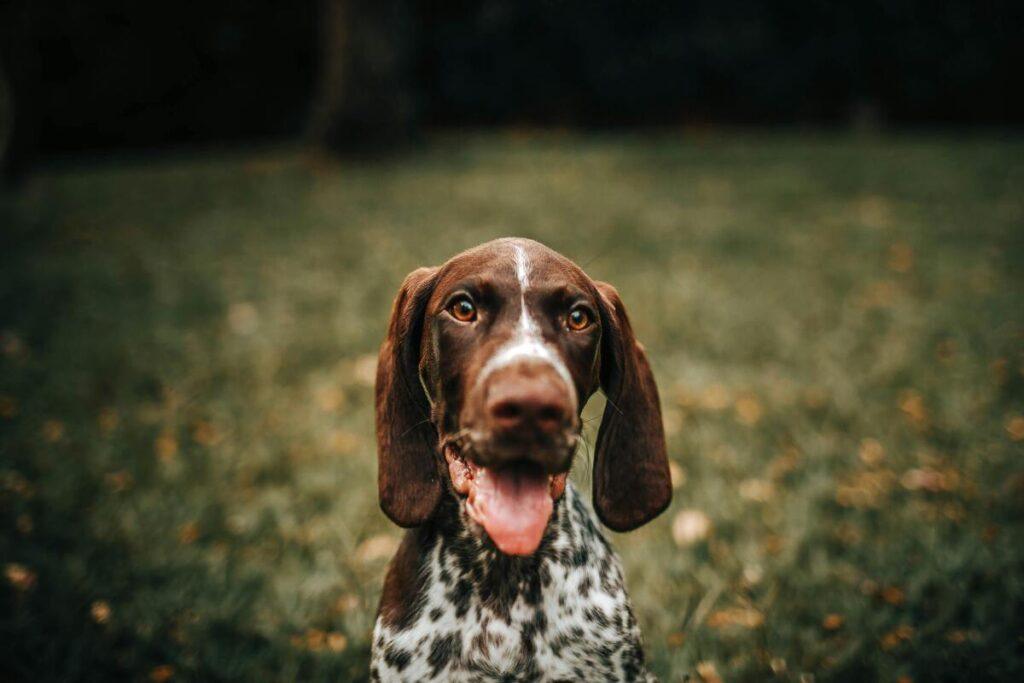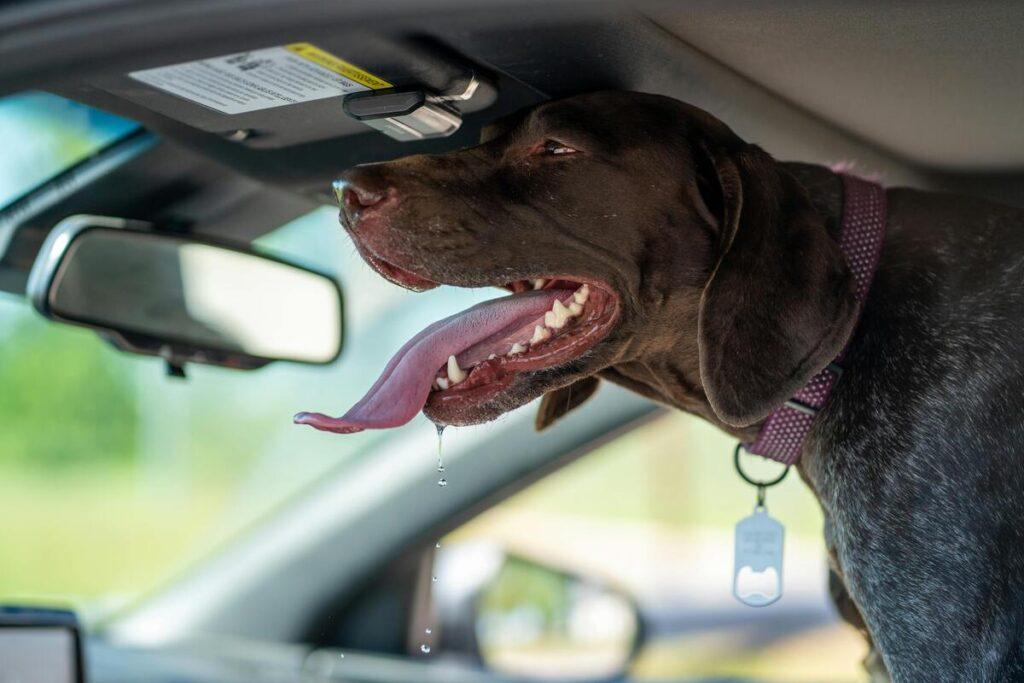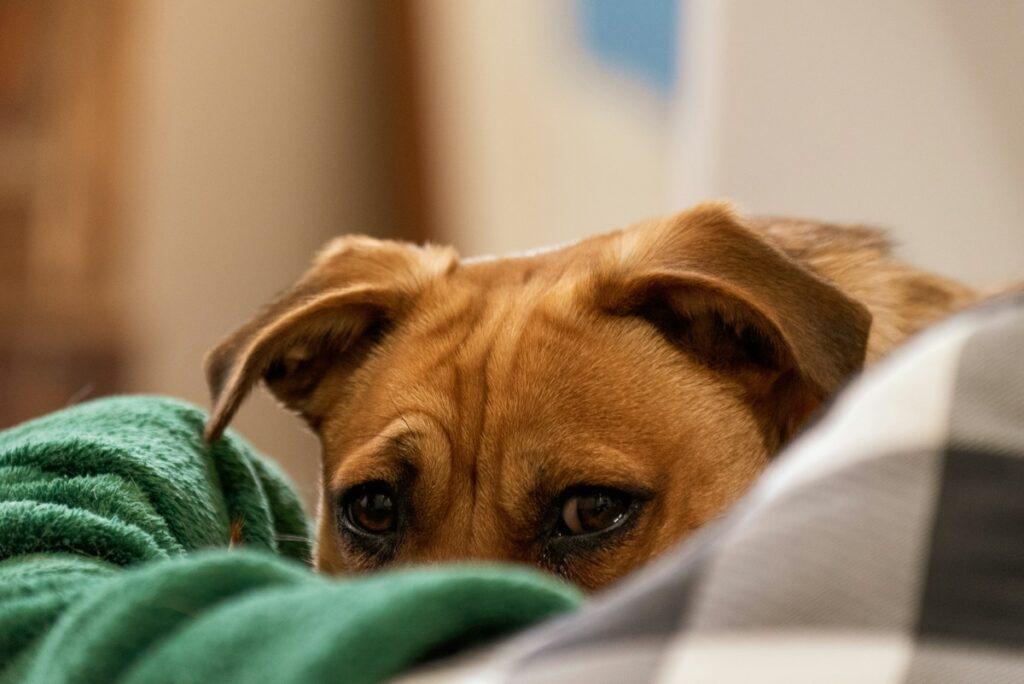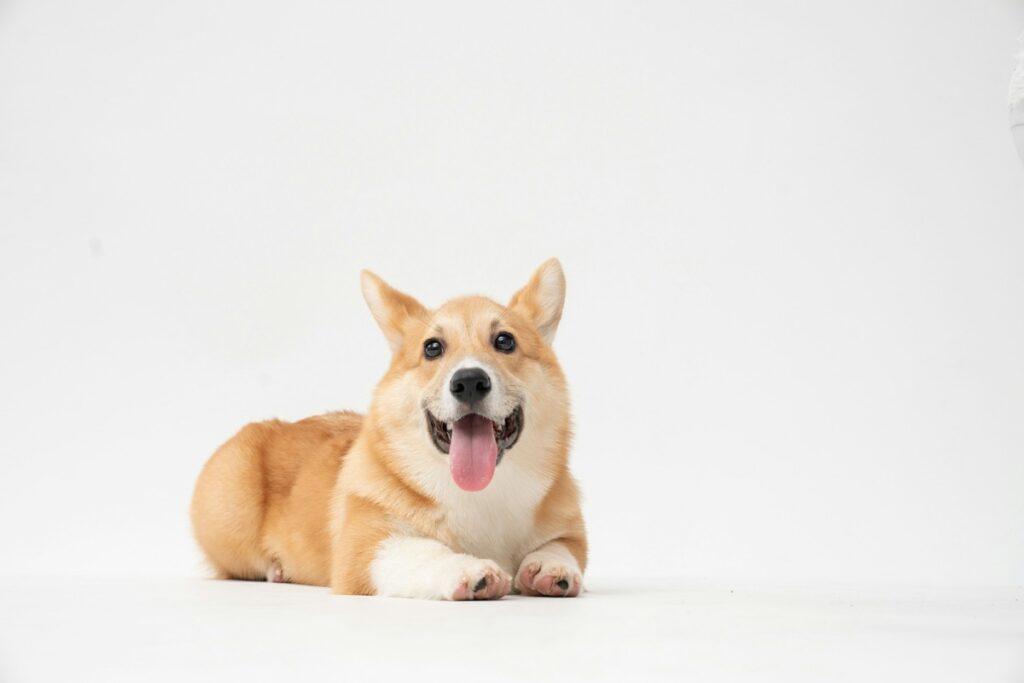Dog drooling excessively and acting strange can be a frightening combination for any pet parent. One moment your dog is fine, the next they’re dripping saliva and behaving oddly—pacing, hiding, or even shaking. Is it a medical emergency or just a temporary issue? In this guide, we’ll explain the most common causes, when to worry, and what you can do to help your pup feel better fast.
Table of Contents
- Why Is My Dog Drooling Suddenly?
- Unusual Behavior That May Accompany Drooling
- When Drooling Is a Sign of a Medical Emergency
- What You Can Do at Home
- When to Call the Vet
- How to Prevent Excessive Drooling and Strange Behavior
- FAQ
Why Is My Dog Drooling Suddenly?
Excessive drooling in dogs, also known as ptyalism or hypersalivation, can be caused by something as simple as anticipation of food—or something as serious as poisoning. The key is to look at context. If your dog is drooling excessively and acting strange, it could indicate one of the following:
- Dental Issues: Gum infections, broken teeth, or abscesses can lead to both drooling and irritability.
- Foreign Object: Something stuck in the mouth or throat can cause a dog to drool and act panicked or distressed.
- Heatstroke: One of the signs of overheating in dogs is drooling paired with lethargy, panting, or collapse.
- Gastrointestinal Upset: Nausea from dietary indiscretion, toxins, or illness may lead to drooling and abnormal behavior.
- Poisoning: If your dog has ingested something toxic (e.g. a houseplant or chocolate), drooling and strange behavior can appear quickly.
Some common dog health problems like gastrointestinal disorders or dental disease can be underlying causes too. If your dog drools and starts acting odd—like whining, hiding, pacing, or trembling—these are red flags you should not ignore.
Unusual Behavior That May Accompany Drooling
Besides visible saliva, dogs may exhibit a variety of strange behaviors depending on the underlying cause. These include:
- Shaking or tremors – often related to pain or poisoning.
- Hiding – your dog may be trying to isolate when feeling unwell.
- Agitation or pacing – may signal discomfort or neurological issues.
- Whining, barking, or vocalizing – especially when paired with licking lips or restlessness.
- Unusual posture – like crouching, arched back, or reluctance to move.
These signs often overlap with symptoms of anxiety or discomfort. For example, dog drooling and shaking may indicate a neurological episode, while hiding may be related to fear or nausea.
When Your dog drooling excessively and acting strange: Signs of Emergency
While some drooling can be harmless, excessive drooling combined with strange behavior should not be ignored. If your dog is also vomiting, has difficulty breathing, experiences seizures, or collapses—you need to seek emergency care immediately.
According to PetMD, signs like labored breathing, pale gums, and unresponsiveness are red flags that your dog is experiencing a serious medical issue.

What You Can Do at Home
If symptoms are mild and your dog is stable, try the following before rushing to the vet:
- Check for foreign objects in the mouth.
- Make sure your dog has access to fresh water.
- Keep your dog in a cool, calm area away from heat and stress.
- Look for any plants, medications, or chemicals they may have ingested.
In mild cases, symptoms may pass within a few hours, especially if they stem from minor nausea or anxiety. But always monitor closely. If anything worsens, call your vet.
When to Call the Vet
You should consult your veterinarian if:
- Your dog is drooling for more than an hour without a known cause.
- The strange behavior includes shaking, vomiting, or disorientation.
- There’s visible swelling in the mouth, face, or neck.
- Your dog shows signs of pain, fear, or distress.
It’s always better to err on the side of caution. Quick action could prevent complications, especially if poisoning or infection is involved. Learn more about early signs of illness in dogs.
How to Prevent Excessive Drooling and Strange Behavior
Here are some simple steps to reduce the risk of episodes in the future:
- Regular dental checkups and cleanings.
- Supervised outdoor time to avoid eating unknown plants or objects.
- Safe storage of household chemicals and medications.
- Calm environments during stressful events (e.g. fireworks).
- Feeding easily digestible food to reduce GI upset—see our guide on dog food for dogs with gas.
Prevention comes down to awareness and regular veterinary care. If your dog is a known drooler, watch for signs of other health problems that may trigger unusual behavior.
FAQ
Why is my dog drooling suddenly and acting weird?
It may indicate dental pain, GI upset, heatstroke, anxiety, or even poisoning. If symptoms persist or worsen, contact your vet.
Should I worry if my dog is drooling and shaking?
Yes. Shaking with drooling can signal pain, nausea, or neurological issues. Monitor your dog and seek veterinary advice quickly.
Can anxiety cause drooling in dogs?
Absolutely. Anxious dogs may pant, drool, pace, or tremble. Calm environments and natural anxiety relief methods can help. You can read more on natural dog anxiety remedies.
Is it normal for dogs to drool after exercise?
Some drooling is expected after vigorous activity or play. But it should resolve shortly afterward. Excessive drooling might indicate overheating or dehydration.
Can bad teeth cause a dog to drool and act differently?
Yes. Dental problems often cause drooling, pain, irritability, or reduced appetite. Regular dental checks are key to prevention.



